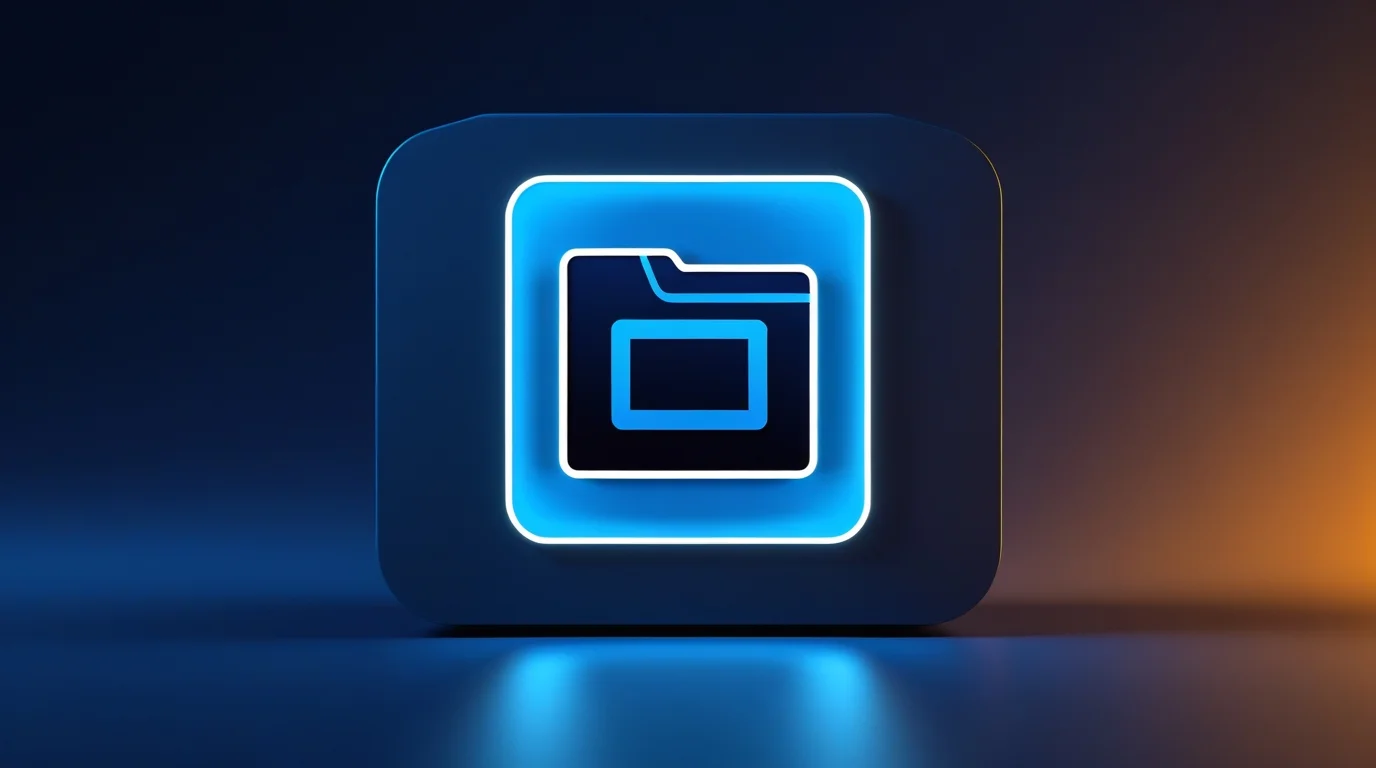File hygiene is something that takes time to cultivate and requires ongoing maintenance. Much like keeping your physical space tidy, managing your computer’s file system demands a consistent approach. However, unlike your physical space—with its natural limitations on how far messes can spread—digital files can quickly become overwhelmingly disorganized as you accumulate more data.
In this article, we’ll discuss why file hygiene is important and offer practical guidelines to help you maintain an organized digital workspace. We’ll also focus on a crucial aspect: how to name your files effectively.
Why File Hygiene Matters
As you accumulate more files over time, your computer can become cluttered, making it harder to locate important documents, wasting storage space, and potentially slowing down system performance. Keeping a clean file system not only streamlines your workflow but also gives you peace of mind knowing that everything is neatly categorized and easy to retrieve.
Benefits of a Tidy File System
- Enhanced Productivity: Quickly find what you need without sifting through countless folders.
- Efficient Storage Management: Remove or archive outdated files to free up valuable space.
- Reduced Stress: A well-organized system makes digital work less overwhelming and more enjoyable.
Guidelines for Effective File Naming
One of the most critical components of file hygiene is how you name your files. Here are some guidelines to help you develop a consistent and effective naming system.
1. Use Numbers at the Beginning
Windows organizes files alphabetically by default, which might not always reflect the order you need. By adding numbers at the beginning of file or folder names, you can create a custom order that makes sense for your workflow. For example, if you have folders for personal finance, pictures, and work documents, you might rename them as:
- 01-Personal Finance
- 02-Pictures
- 03-Work Documents
This method ensures that the files appear in the sequence you desire.
2. Add Dates to File Names
Incorporating dates into your file names is a great way to keep track of when files were created or last modified. Use a consistent date format such as YYYY-MM-DD to ensure that files are ordered chronologically. For example:
- 2025-03-10_TaxReturn.pdf
- 2025-01-15_ProjectProposal.docx
This not only helps with version control but also makes it easier to locate files based on time periods.
3. Use Descriptive Keywords
Choose file names that clearly describe the content or purpose of the file. Instead of naming a file “Document1,” opt for something like “MeetingNotes_2025-03-10” or “Budget2025_Q1.” Descriptive names reduce the need to open multiple files just to identify their contents.
4. Keep It Consistent
Develop a naming convention and stick to it across all your files and folders. Consistency is key to maintaining order in your file system. Decide on the format (e.g., using underscores or hyphens) and stick with it. For example:
- Use underscores:
Budget_Report_2025.pdf - Or hyphens:
Budget-Report-2025.pdf
Consistency helps automate sorting and makes it easier for you (and your colleagues) to understand the file structure.
5. Avoid Special Characters
Certain characters, such as /, \, :, *, ?, ", <, >, and |, are either not allowed or can cause issues in file names on Windows. Stick to alphanumeric characters, underscores, or hyphens to ensure compatibility across all systems and software.
6. Keep It Short but Informative
While it’s important for file names to be descriptive, overly long names can be cumbersome. Aim for a balance where the name is short enough to be quickly read, yet detailed enough to convey essential information. For instance, “Project_Overview_Q1_2025.docx” is clear and concise without being overly verbose.
7. Organize with Folders and Subfolders
File naming is just one piece of the puzzle. Organize your files into well-structured folders and subfolders. Create categories that reflect your workflow or personal priorities. For example:
- Finance
01-BankStatements02-TaxReturns
- Work
01-Projects02-MeetingNotes
This hierarchy complements your naming conventions and makes it easier to locate files quickly.
Conclusion
File hygiene is an ongoing process that, when done right, can significantly enhance your productivity and reduce digital clutter. By implementing smart naming conventions—such as using numbers for order, incorporating dates, choosing descriptive keywords, and keeping your naming consistent—you’ll find that managing your digital files becomes a much more straightforward task. Remember, a little effort in maintaining your file system today can save you countless hours in the future.
Happy organizing

Leave a Reply
You must be logged in to post a comment.